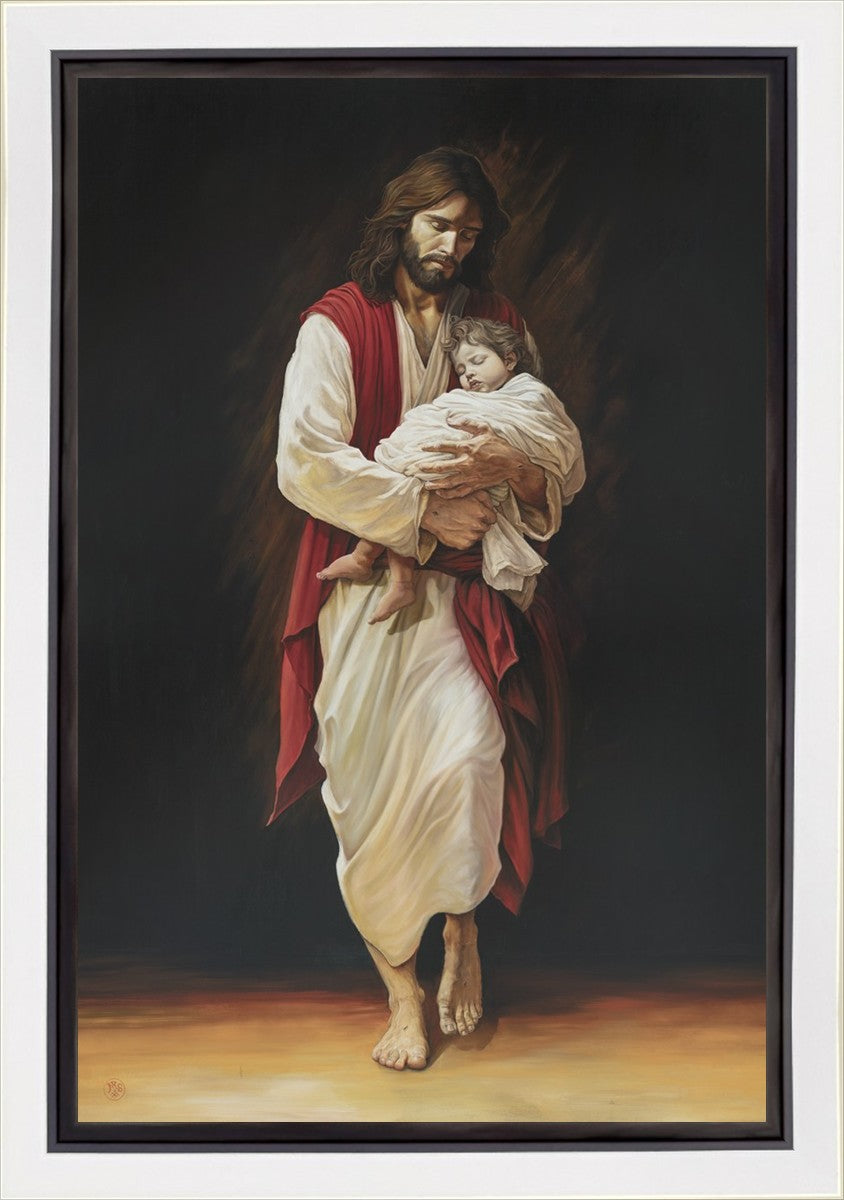Innocents Returned
Innocents Returned
SKU:JRS1032525
Story Behind the Art
Story Behind the Art
About the Artist
About the Artist
Based in Saratoga Springs, Utah, Jordan is an atheist turned Christian oil painter, whose artistic voice found form and substance within an unexpected spiritual journey.
Previously working known by the pseudonym J. Art Fox, Jordan initially painted figurative art and wildlife. While these oil paintings on collages were aesthetically pleasing, they lacked narrative direction and conviction, and ultimately left Jordan with an imperative sense of creating art that could convey more emotional depth and meaning.
Then, in 2022, the trajectory of Jordan's life and art took an extraordinary turn. A sequence of life-altering experiences challenged his Darwinian, materialist worldview, and ignited a spiritual transformation, leading to a conviction in the truth of Christ. As his faith deepened, it began to infuse his art, guiding his brush strokes towards a harmonious blend of the personal spiritual journey and biblical narratives.
Today, Jordan’s mission is driven by an unwavering clarity: to inspire faith in Christ through art that masterfully blends Christian teaching with the oil painting tradition. He aspires to create work that resonates deeply, sparking spiritual curiosity, and inviting others onto their own transformative journey towards Christ.
Shipping & Returns
Shipping & Returns
If your order has a time sensitivity that requires expedited shipping, please Contact Us so that we can confirm our ability to meet your time requirements.
We use real-time shipping on this site. The shipping charge on your order is determined at order placement using UPS and USPS shipping rate calculators. If you feel that the shipping charges are incorrect, please Contact Us and let us know of your situation. A real person (not a calculator) will respond during business hours and resolve your issue prior to shipment.
For more information, please refer to the following policies:
Couldn't load pickup availability























































































































































































































































